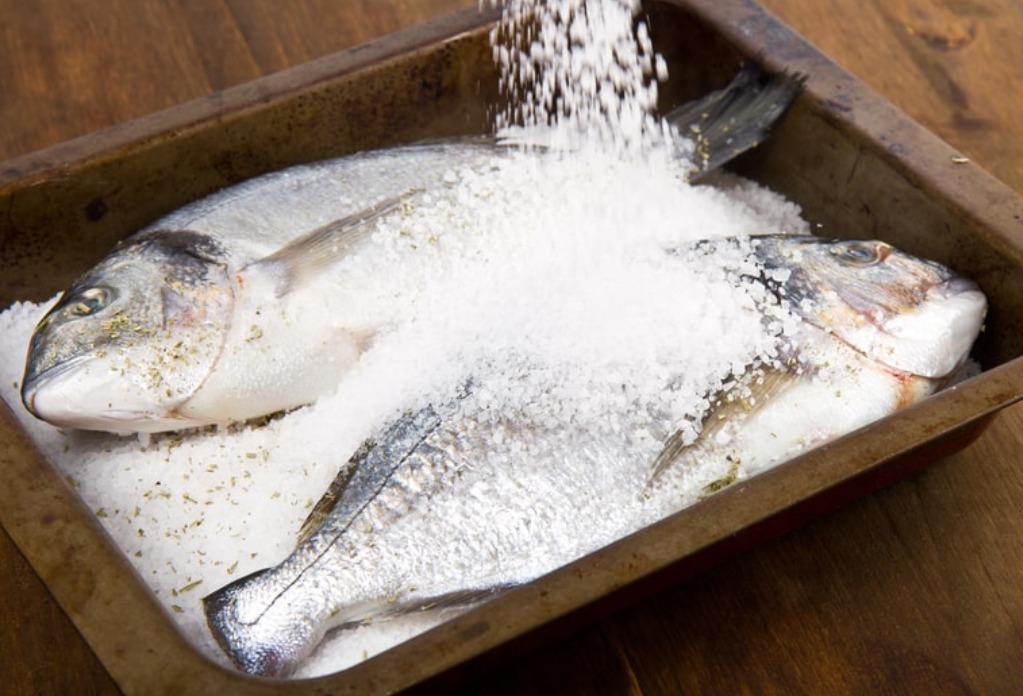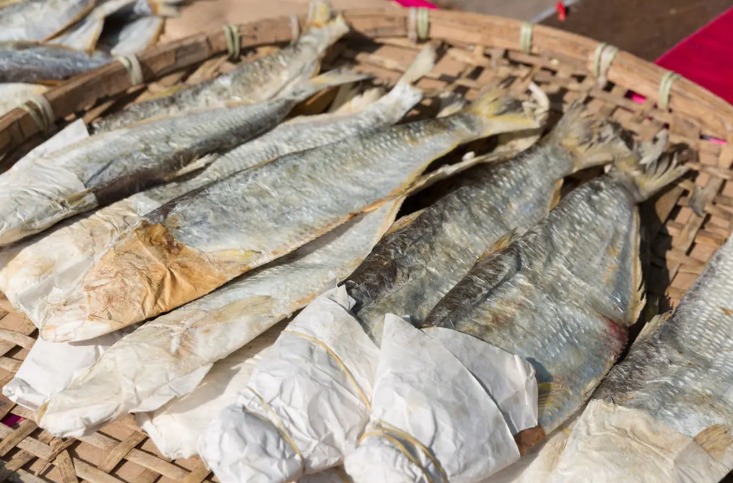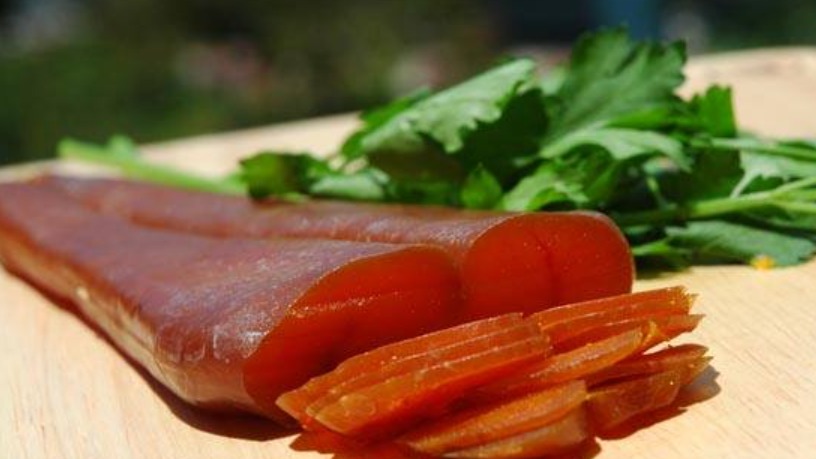

Salted fish—known as ham yu in Cantonese, ikan asin in Malay, or karasumi in Japanese—is a divisive yet deeply cherished ingredient across Asia. With its intense umami punch and funky aroma, it polarizes palates but remains a cornerstone of regional cooking. Unlike fresh seafood, salted fish undergoes preservation through drying and curing, a tradition born out of necessity that evolved into a celebrated culinary art. From humble stir-fries to luxurious banquet dishes, its bold flavor transforms meals, offering a glimpse into Asia’s resourceful food heritage.
Cultural Roots: Survival, Status, and Superstition
Before refrigeration, salting fish was a practical way to extend shelf life in coastal communities. Over time, it became embedded in local food cultures—sometimes as a frugal staple, other times as a luxury. In southern China, premium salted fish (like mui hiong, made from yellow croaker) was once a prized gift, while in the Philippines, daing (dried salted fish) remains a budget-friendly breakfast staple.
Superstitions also surround it: Cantonese families avoid serving it during Lunar New Year, as its name sounds like “surplus” but its appearance (stiff and dry) symbolizes hardship. Yet, in Malaysia, ikan masin is considered a comforting, nostalgic flavor tied to home cooking.
Health: A Double-Edged Sword
Salted fish is nutrient-dense, packing protein, calcium (from small, edible bones), and vitamins D and B12. However, its high sodium content and potential nitrosamines (linked to preservation methods) have raised health concerns. The WHO classifies Cantonese-style salted fish as a Group 1 carcinogen when consumed excessively, tied to nasopharyngeal cancer risks.
Yet, traditional diets balance its use—often as a seasoning rather than a main. A teaspoon of fried salted fish elevates a vegetable dish, while fermented versions (like Vietnamese mắm cáy) provide probiotics. Modern chefs also experiment with low-sodium cures or quick rinsing to mitigate risks.
Flavor Powerhouse: Umami Bomb of Asian Cooking
Salted fish’s magic lies in its xian wei (鲜味)—the savory “fifth taste.” Its potency varies:
- Mild: Lightly salted bacalhau (used in Macanese dishes) is flaky and briny.
- Medium: Cantonese ham yu (malted fish) adds depth to clay pot rice.
- Strong: Thai pla ra (fermented fish) punches up som tam (papaya salad).
When cooked, it undergoes a metamorphosis—fried until crispy, it becomes a salty crunch; steamed with pork, it melts into a rich umami sauce.
Iconic Dishes Featuring Salted Fish
- Hong Kong: Salted Fish Fried Rice (鹹魚雞粒炒飯)
Diced ham yu and chicken stir-fried with egg and rice—a humble dish turned gourmet in hotel banquets. - Malaysia: Petai with Salted Fish (臭豆炒咸魚)
Bitter petai beans balanced by fried salted fish and sambal, a bold “acquired-taste” dish. - Philippines: Daing na Bangus
Milkfish marinated in vinegar and salt, then sun-dried and pan-fried for breakfast. - Japan: Karasumi (からすみ)
Salted mullet roe, often compared to bottarga, sliced thin as a premium sake accompaniment. - Vietnam: Cơm Chiên Cá Mặn
Fried rice with diced salted fish, pineapple, and cashews for sweet-savory contrast. - Guangdong, China: Salted Fish and Eggplant Clay Pot (咸魚茄子煲)
Silky eggplant braised with minced ham yu in a savory-sweet sauce.



Modern Twists and Sustainability
Chefs are reimagining salted fish:
- Fine Dining: At Singapore’s Candlenut, Peranakan sambal ikan asin tops scallops.
- Snacks: Thai pla salit (crispy salted fish) is ground into chili dips.
- Sustainability: Brands like Indonesia’s Javara promote small-batch, artisan curing to reduce waste.
A Love-It-or-Hate-It Legacy
Salted fish isn’t just food—it’s a testament to Asian ingenuity. Its assertive flavor commands respect, bridging poverty and luxury, tradition and innovation. For adventurous eaters, it’s a gateway to understanding Asia’s complex culinary soul. As chefs modernize its use, this ancient ingredient continues to surprise—one pungent, savory bite at a time.




Be the first to comment